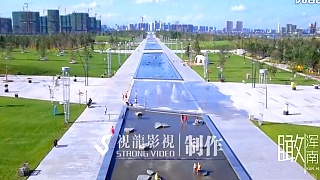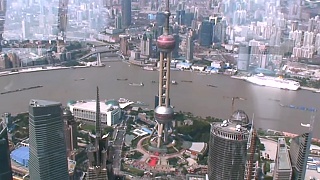With Seiu Travel ...
[640],shadow=true,start=,stop=Visitor Guide to YangZhou
Introduction to YangZhou
YangZhou, a historic city in JiangSu Province, is renowned for its rich cultural heritage, beautiful gardens, and delicious cuisine. Known as the "City of Gardens and Alleys," YangZhou offers a unique blend of natural beauty and historical significance.
Top Attractions in YangZhou
- Slender West Lake (ShouXi Hu) - A picturesque lake surrounded by lush gardens, pavilions, and bridges. It's a perfect spot for a leisurely boat ride or a peaceful stroll.
- Ge Garden (Ge Yuan) - A classical Chinese garden known for its bamboo groves, rock formations, and intricate architecture. It's a great place to experience traditional Chinese garden design.
- He Garden (He Yuan) - Another stunning garden in YangZhou, featuring a mix of Chinese and Western architectural styles. The garden is particularly famous for its beautiful lotus ponds.
- Daming Temple (DaMing Si) - One of the oldest and most famous Buddhist temples in China, offering a serene atmosphere and stunning views of the surrounding area.
- YangZhou Museum (YangZhou BoWuGuan) - A must-visit for history enthusiasts, this museum showcases a vast collection of artifacts that tell the story of YangZhou's rich past.
Local Cuisine
YangZhou is famous for its culinary delights, particularly its breakfast culture. Some must-try dishes include:
- YangZhou Fried Rice (YangZhou ChaoFan) - A classic Chinese dish made with eggs, shrimp, and vegetables, all stir-fried with rice.
- Steamed Dumplings (XiaoLong Bao) - These juicy dumplings are filled with pork and a savory broth, making them a favorite among locals and visitors alike.
- YangZhou Pickles (YangZhou ZhaCai) - A traditional side dish made from pickled vegetables, often served with congee or rice.
- Braised Lion's Head Meatballs (HongShao ShiZi Tou) - Large, tender meatballs braised in a rich, savory sauce, often served with vegetables.
Getting Around YangZhou
YangZhou is a relatively compact city, making it easy to explore by public transportation, bicycle, or on foot. The city has a well-developed bus system, and taxis are also readily available. For a more scenic experience, consider renting a bicycle to explore the city's many gardens and historic sites.
Best Time to Visit
The best time to visit YangZhou is during the spring (March to May) and autumn (September to November) when the weather is mild, and the gardens are in full bloom. The city is particularly beautiful during the spring when the cherry blossoms and plum flowers are in bloom.
Tips for Visitors
- Language: While Mandarin is widely spoken, learning a few basic phrases in Chinese can be helpful, especially in more rural areas.
- Currency: The local currency is the Chinese Yuan (CNY). Credit cards are accepted in most hotels and restaurants, but it's a good idea to carry some cash for smaller establishments.
- Etiquette: When visiting temples or other cultural sites, dress modestly and be respectful of local customs and traditions.
- Health and Safety: YangZhou is generally a safe city, but it's always a good idea to take standard precautions, such as keeping an eye on your belongings and staying aware of your surroundings.
Conclusion
YangZhou is a city that offers a perfect blend of history, culture, and natural beauty. Whether you're exploring its ancient gardens, savoring its delicious cuisine, or simply strolling along the picturesque Slender West Lake, YangZhou is sure to leave a lasting impression. Enjoy your visit!

 A look at YangZhou city, JiangSu province
A look at YangZhou city, JiangSu province




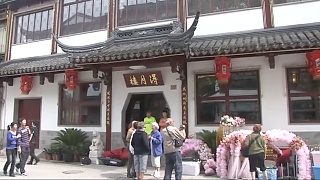
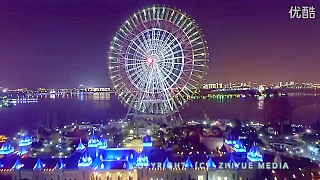
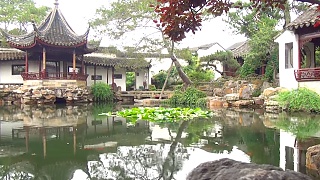
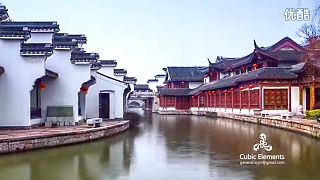
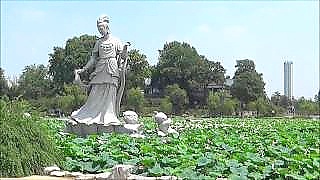









![A great film of the Great Wall north of Beijing, including `wild wall`, accompanied by great music (踏古 (Ta Gu) by Lin Hai, `Walking into Ancientry`, with Chinese lute (pipa)). We [mum, dad - videographer - and son and daughter, from Singapore] hiked 3 sections of the Great Wall in winter, without any guides after studying blogs and posts by fellow hikers. All these sections are different. From the unrestored GuBeiKou Great Wall where we were the only people around, to the wonderful JinShanLing, where the climb is steep and every direction gives you good photo opportunities, to the restored MuTianYu where we hiked in heavy snowfall. We stayed at local farmhouses on both nights, dined with the locals and hitched rides to nearby bath-houses. Temperature ranged from -5 deg C (day) to -12 deg C (night). Winter daybreak is at 7am and the sky becomes dark by 5pm so one has only 10 hours of daylight, so plan your travelling and hiking schedules carefully. This once-in-a-lifetime experience was captured on video and we would like to share it with you. The feelings just can`t be described - you need to experience it first hand. Take only memories, leave only footprints and kindness ... A wonderful animation combining traditional Chinese painting and dance - don`t miss it ! 踏古-林海 作曲:林海 视频作者:中国传媒大学动画学院 Hiking the Great Wall 长城 of China in the snow](https://www.beijingbuzzz.com/b183.jpg)



